Product success metrics quantify the impact and value of your solution through concrete data. Here are some of the most important metrics, explained with examples:
1️⃣ Total Users (TU)
Represents the total number of people using a product or service.
Example: Spotify reached 574 million total users in 2023.
2️⃣ Active Users
- Daily Active Users (DAU): The number of users who open the app daily.
- Monthly Active Users (MAU): The number of users who log in at least once per month.
Example: Twitter (X) recorded 541 million MAUs in July 2023, its highest level that year. In the same period, the platform reported approximately 250 million DAUs.
3️⃣ Customer Satisfaction Score (CSAT)
Measures customer satisfaction with a product or service.
Example: Apple’s CSAT score is 82%, making it an industry leader.
4️⃣ Net Promoter Score (NPS)
Indicates the likelihood of customers recommending the product (-100 to +100 scale).
Example: Tesla has one of the highest NPS scores at +97.
📌 For a detailed breakdown of NPS, you can read Fred Reichheld’s Harvard Business Review article "The One Number You Need to Grow" here:

5️⃣ Conversion Rate (CR)
The percentage of website or app visitors who complete a desired action, such as making a purchase.
Example: Amazon’s conversion rate is around 9%, nearly three times the e-commerce average.
6️⃣ Customer Acquisition Cost (CAC)
The average cost to acquire a new customer.
Example: Netflix’s CAC was approximately $60 in 2023.
7️⃣ Customer Lifetime Value (CLV / LTV)
The total revenue a customer generates throughout their relationship with the company.
Example: Starbucks’ average CLV per customer is $14,000.
8️⃣ Market Share (MS)
Indicates a company's percentage of total market sales.
Example: Google holds a 91% share in the global search engine market.
9️⃣ Growth Rate (GR)
Measures customer, revenue, or user growth over a specific period.
Example: TikTok achieved an annual growth rate of 115% between 2018 and 2022.
🔟 Revenue Growth Rate (RGR)
Measures a company’s revenue increase over a period.
Example: Shopify grew its revenue by 57% in 2021, making it one of the fastest-growing e-commerce companies.
1️⃣1️⃣ Renewal Rate (RR)
The percentage of customers who renew their subscriptions.
Example: Netflix has a renewal rate of around 75%.
1️⃣2️⃣ Churn Rate (CR)
The percentage of customers who stop using a product or service.
Example: In the telecom sector, annual churn rates typically range from 10% to 20%.
1️⃣3️⃣ First Contact Resolution (FCR)
The percentage of customer issues resolved on the first contact.
Example: Amazon’s support team resolves 80% of inquiries on the first call.
1️⃣4️⃣ Average Order Value (AOV)
The average amount customers spend per order.
Example: Apple’s online store has an AOV of approximately $1,200.
1️⃣5️⃣ Average Session Duration (ASD)
The average time users spend on a website or app per session.
Example: The average session duration on YouTube is 20 minutes.
1️⃣6️⃣ Cart Abandonment Rate (CAR)
The percentage of users who add items to their cart but do not complete the purchase.
Example: The average cart abandonment rate in e-commerce is around 70%.
1️⃣7️⃣ Repeat Purchase Rate (RPR)
The percentage of customers who make repeat purchases.
Example: 93% of Amazon Prime members make at least one repeat purchase annually.
1️⃣8️⃣ Customer Support Resolution Time (CSRT)
The average time it takes to resolve a customer support request.
Example: Zappos resolves customer inquiries in an average of 3 minutes.
<< Previous Step
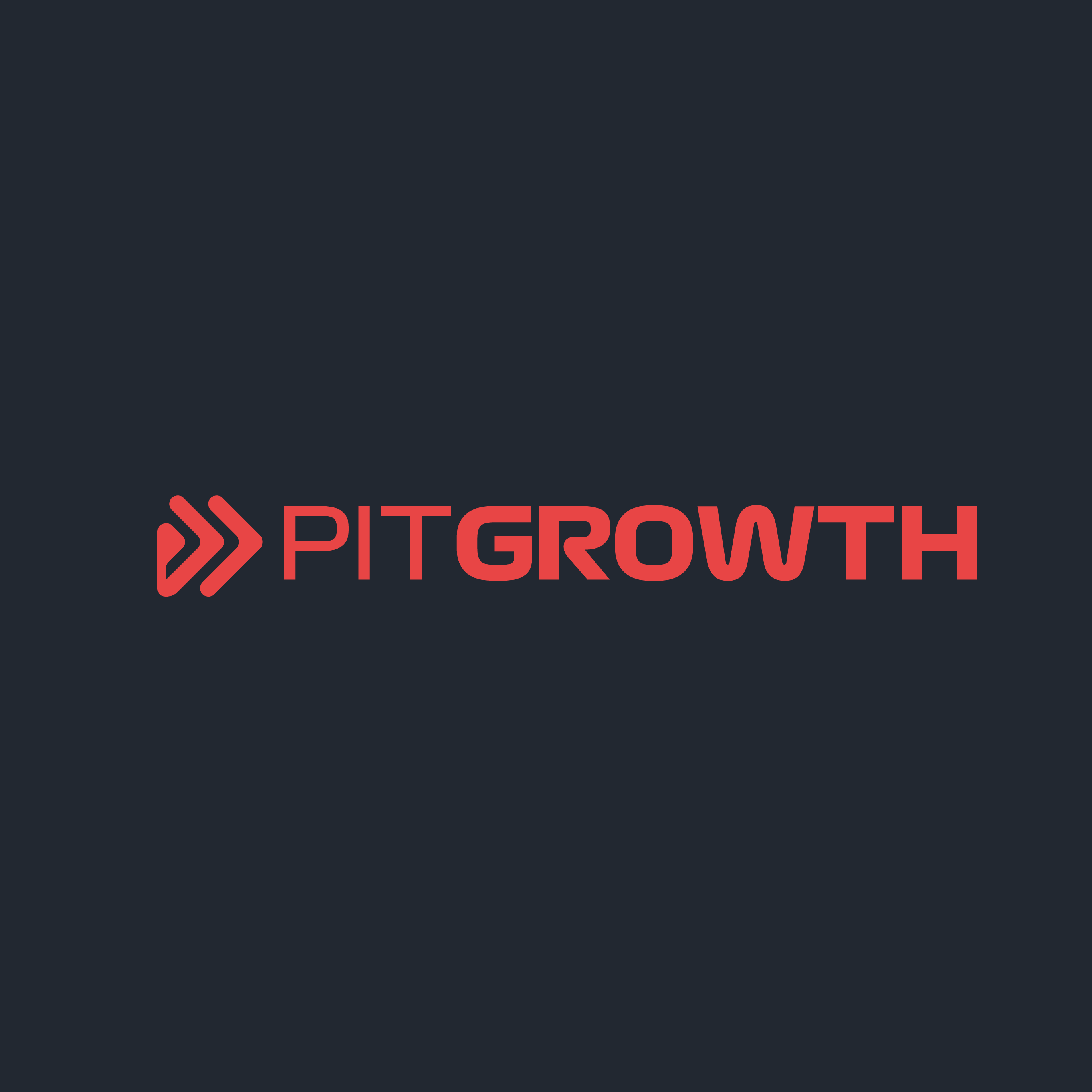

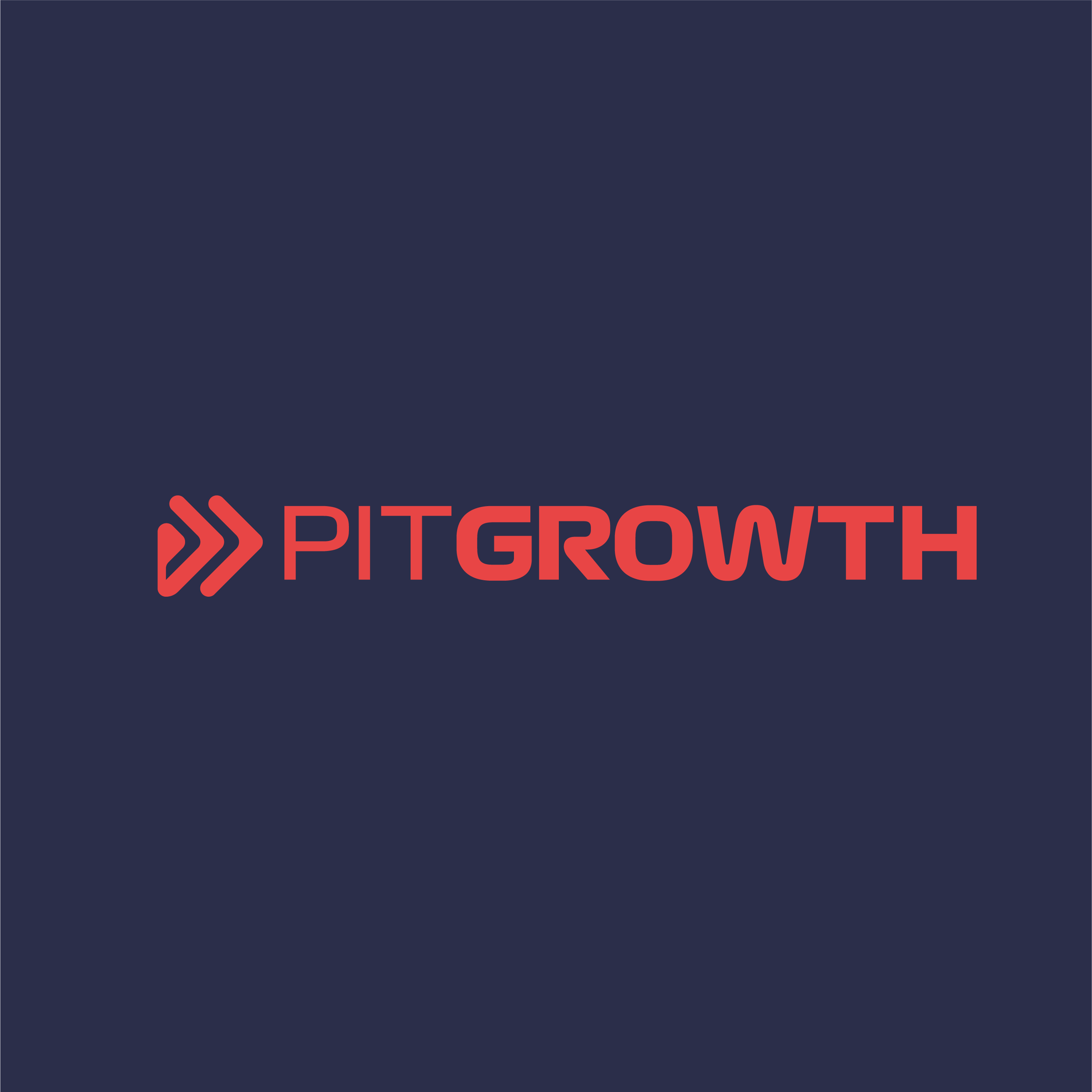




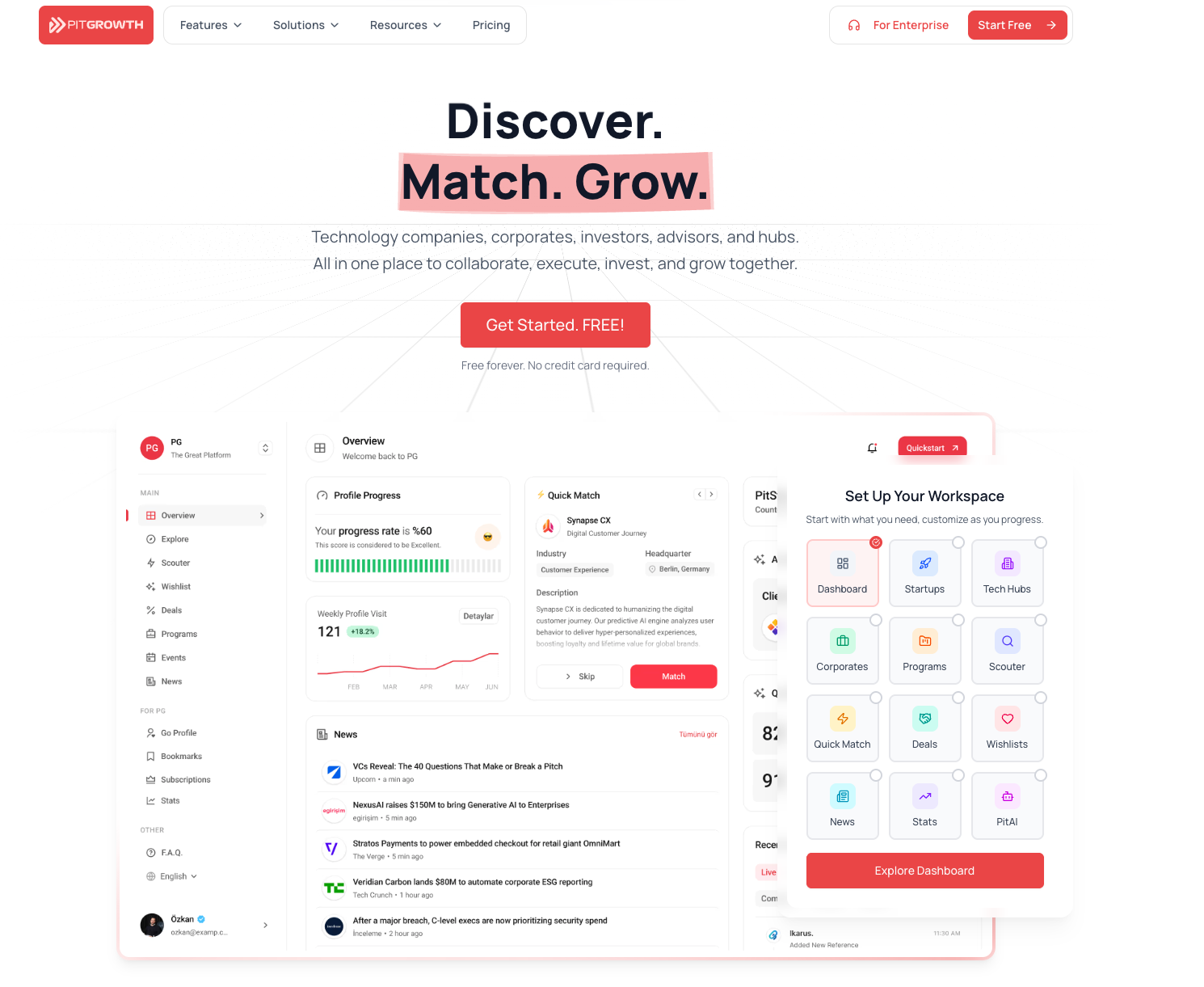
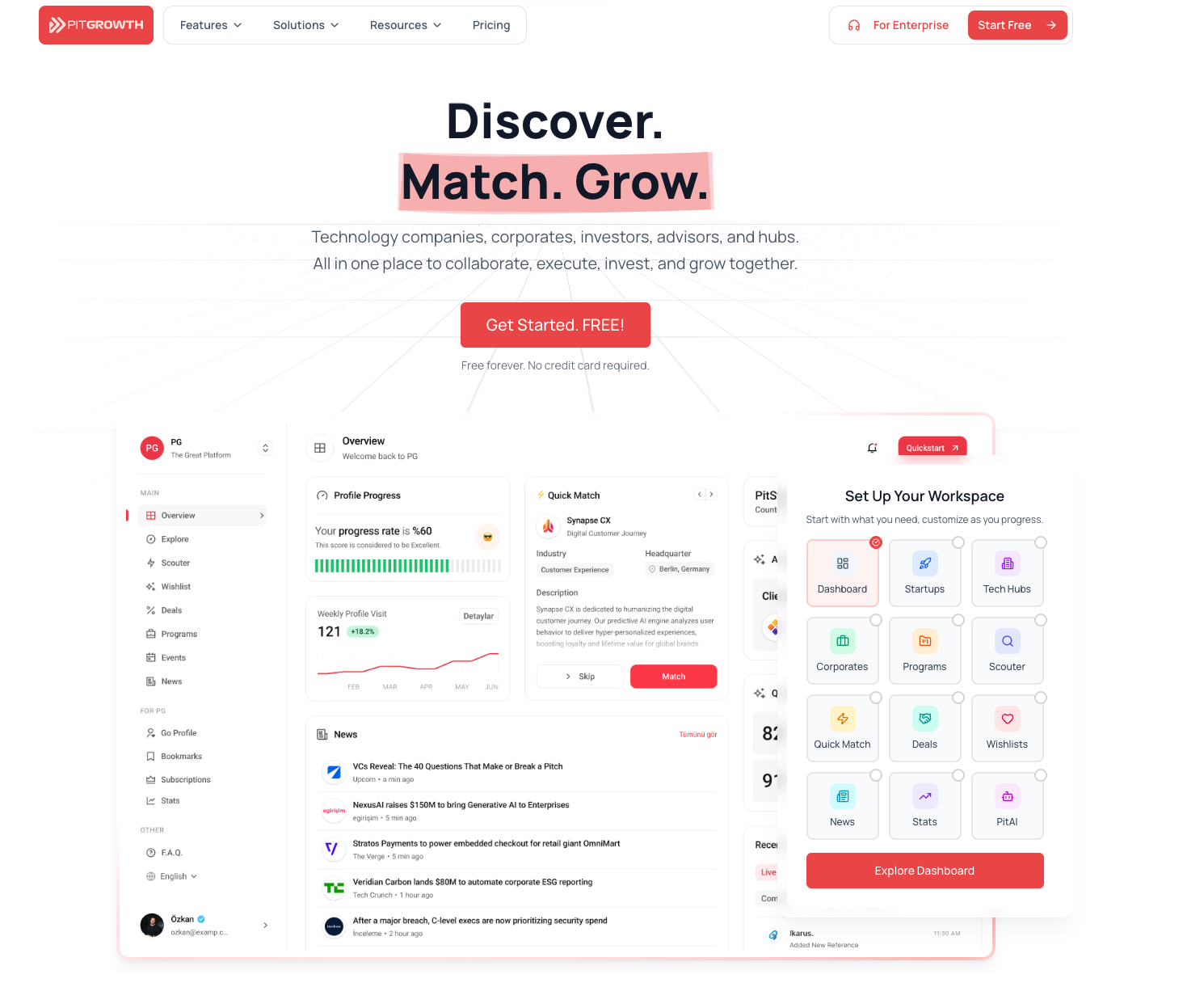

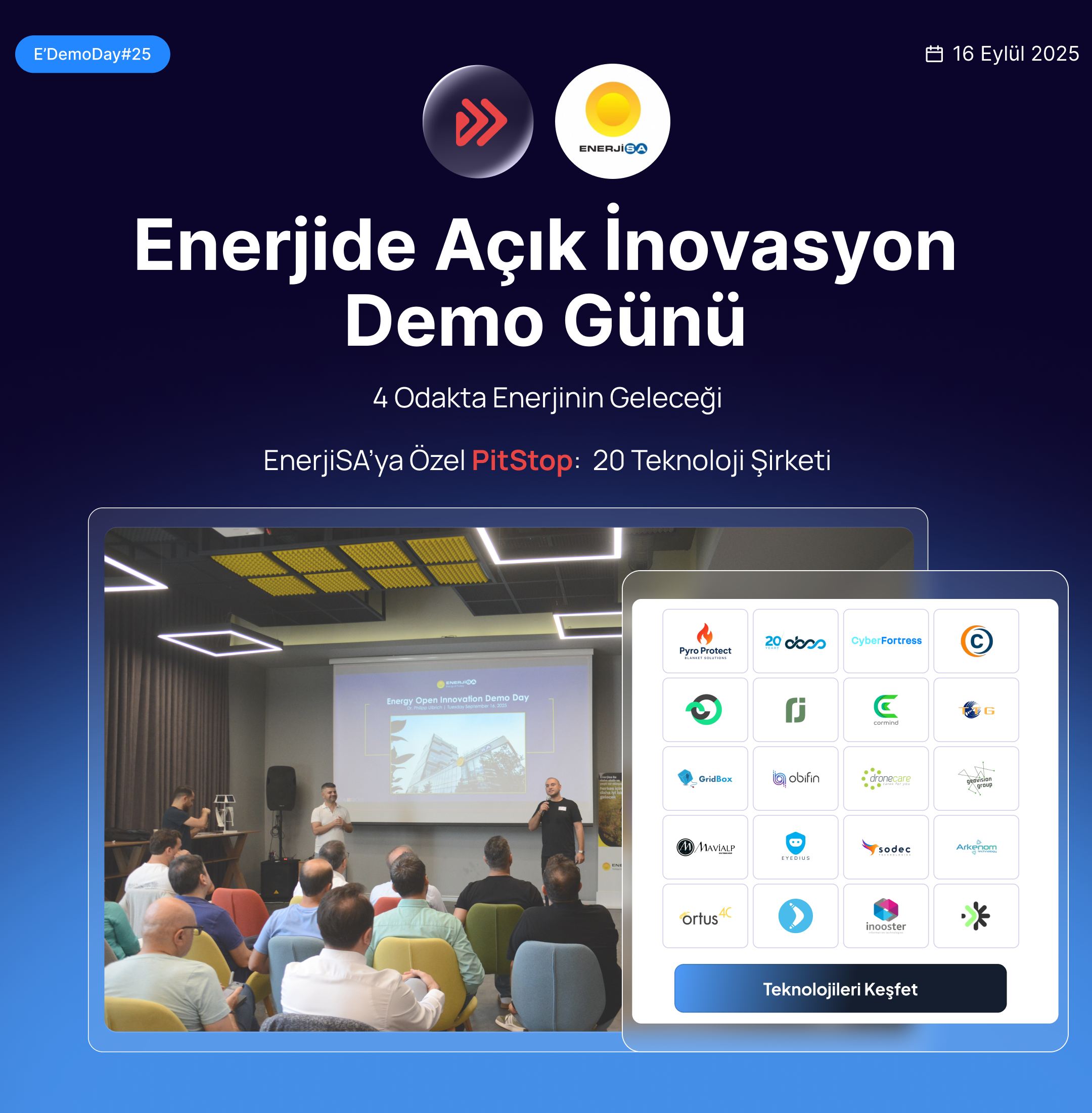
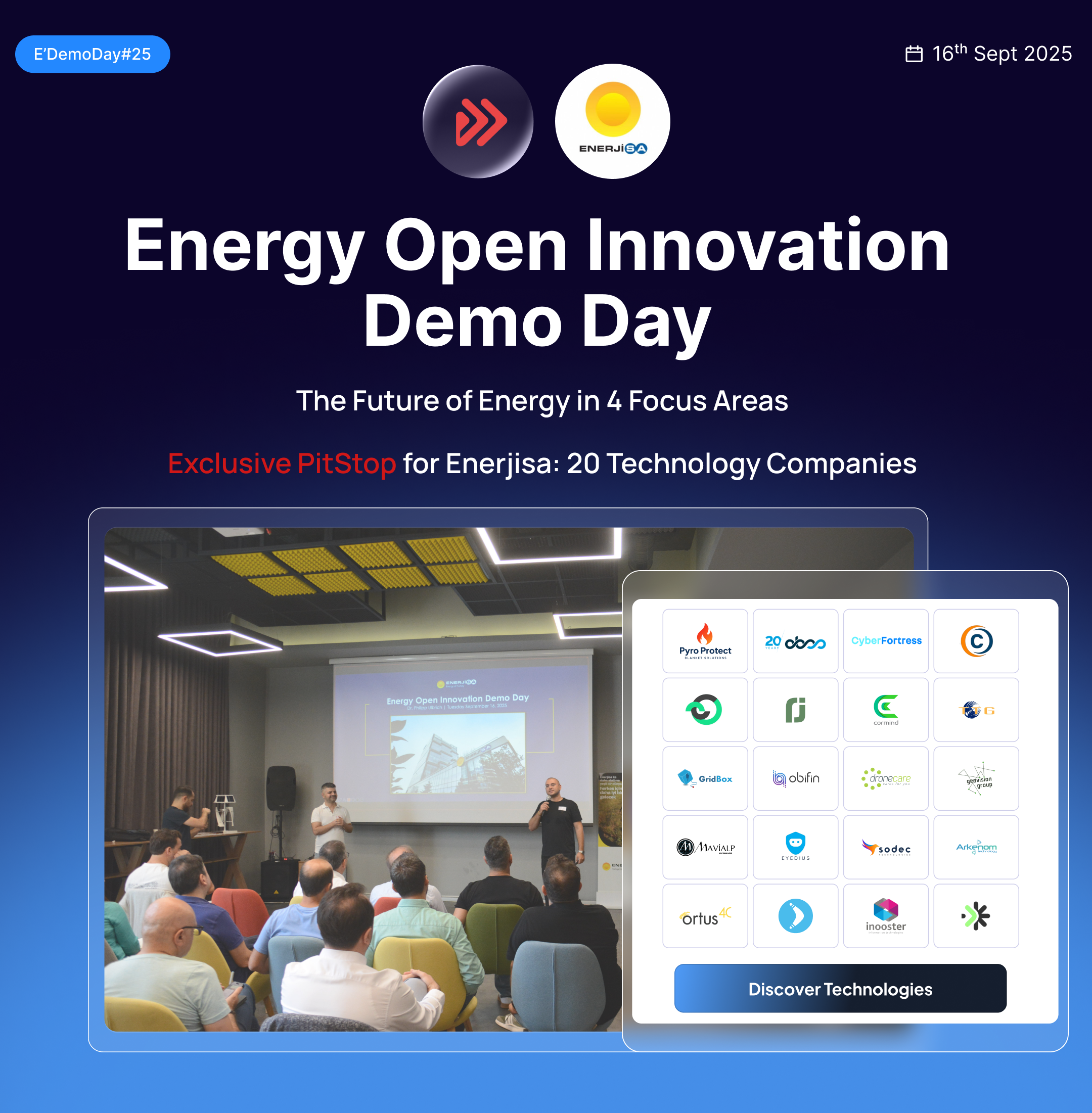
Discussion